When I opened my International Polymer Clay Association newsletter this morning, our president Suzanne Ivester greeted us with a timely article about selling our work. She brings up some very interesting points. She made me look at the process a bit differently and I think you will enjoy reading what she has to say.
If you are already a member of IPCA, perhaps you’ve already read Suzanne’s article, let me know what you think. If you aren’t a member, you might consider joining this wonderful supportive group. Visit the IPCA website and take a look at all they do for our clay community.
With Suzanne’s permission, I’ve printed her article below.
Process vs Product
by Suzanne Ivester
I meet often with a group of friends to clay and share our ideas, hopes and frustrations. None of us is what we consider a “professional” artist, but occasionally we all offer our work for sale.
When we talk about pricing and selling, we often lament “Don’t they (the customers) understand how much work goes into each piece?” Then we click our tongues and shake our heads in solidarity as undervalued artists, united in dismay at the ignorance of the shopping public.
But is this fair? And is it helpful? Maybe there’s another point of view to consider.
The Value of Process
As my friends and I work/play together (and, to a lesser extent, when each of us works alone), we revel in the process. We develop and share techniques, testing them by trial and error. Our focus is not on the finished product. In fact, most of what we create ends up in bags of “loose parts,” to be completed or discarded later. This activity has tremendous value to us–educational, recreational, social–but it can’t be translated into dollars or Euros, except insofar as it helps us to gain skills that will enable us to make products that have monetary value.
A piece of my artwork represents to me the history of the process of its making. I know that it took me three hours, I burned my hand taking it out of the oven, and I tried four different surface finishes before I was satisfied. But do potential buyers know these things, or care? And should they care?
The Value of a Product
When I approach buying, for example, a piece of jewelry, my primary focus is on the product I’ll receive in exchange for my money. Is it beautiful? Does it fit comfortably? Will it be durable? Does it reflect my personal style and complement my wardrobe?
In judging the product’s value to me, I may also consider some process issues. If the item is handmade, are the design and construction superior enough to similar manufactured goods to warrant a higher price? Was an artisan in a developing country exploited in its production? Will the hand-crafting process of this piece provide me with interesting information to share with those who compliment me on it?
Resolving the Dilemma
In my opinion, while an artist may be concerned mostly with his or her process, the primary focus of a buyer will always be the product.
Therefore, an artist intending to sell pieces of art must concern him/herself with the finished product as it will be viewed by an objective person.
A few simple rules may be derived from this conclusion.
- A difficult or time-consuming technique won’t necessarily result in a more valuable product than a simple technique that the artist has fully mastered and can use creatively.
- The elements and principles of good design are flexible enough to inform artistic decisions based on comfort and fashion.
- A clever artist will develop a narrative about his/her process that will enhance the value of the product by providing a “conversation-piece” factor. This narrative may be shared via demonstration, conversation, or merchandising.
_____________________________________
Let me know your thoughts on what Suzanne has written. Leave a comment. And take a look at my series on selling your work and how Suzanne’s thoughts add another layer.
Part 1 Selling Your Polymer Clay Artwork
Part 2 Pricing Polymer Clay Artwork to Sell Wholesale
Part 3 Mermaid Bracelet Listed on Etsy
Part 4 Inventory Lists for Your Polymer Clay
Part 5 Display Cards for Polymer Clay Pins and Necklaces
Part 6 Creating Tags for Your Polymer Clay Creations




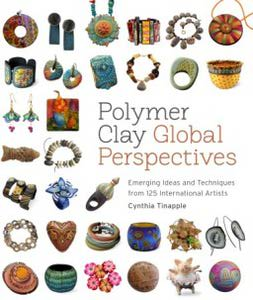
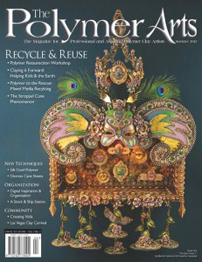

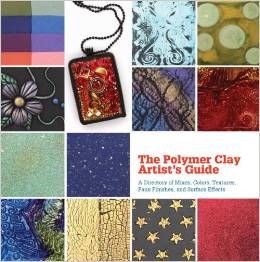
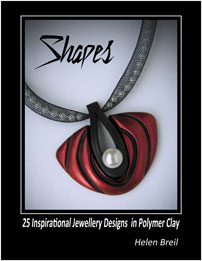
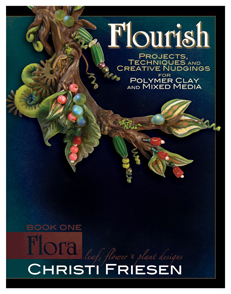
Comments